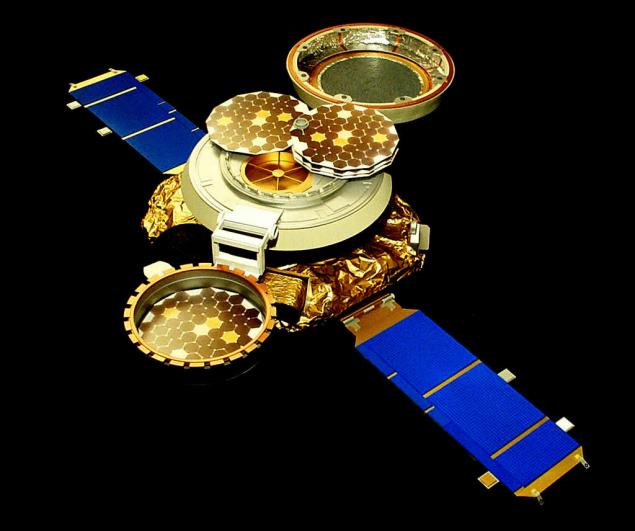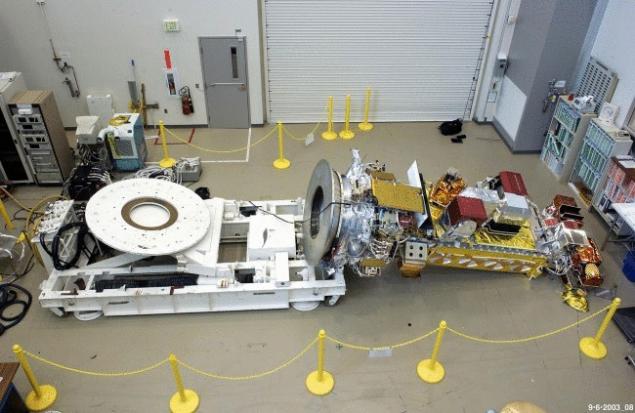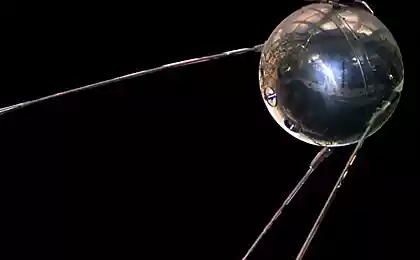614
7 biggest failures associated with the space launch

The last few months for the space industry was very poor. Crash of the rocket Antares of Orbital Science, the terrible tragedy of the space Shuttle company, Virgin Galactic, during a test flight and eventually the first ever landing of a spacecraft on the surface of the comet, carried out by the European space Agency, and which too did not go quite according to plan. But even such unpleasant incidents pale in comparison with today's selection of failed space missions, which was prepared by the Gizmodo.
Mars Climate Orbiter

In December 1998, the space Agency NASA launched the space probe, whose main task was to get to Mars and start learning climate and atmosphere of our nearest planetary neighbor. Unfortunately, on 23 September 1999, the probe failed to slow their movement, and instead stay on a highly elliptical orbit of a planet, entered into low orbit of Mars and consequently burned up in the atmosphere. Losses to NASA were estimated at $ 125 million.
The cause of the accident? Human factors and error in the software. While team traction engine in probe used the unit of force "Newton" software on Earth that was created and sent commands to the motor control, the British used the unit "pound-force". But worst of all is that, as shown by further investigation, navigation units have identified this error, but their calculations nobody took seriously.
Genesis

The task of the spacecraft NASA's Genesis was quite simple: to collect samples of solar wind and return them to Earth. A large part of the mission was a success: the probe launched on the basis of the carrier rocket Delta II in 2001, spent 850 days in space, collecting necessary samples, and is already headed back home.
NASA felt that a normal landing with parachute may damage the samples, and so the space Agency decided to pull off crazy at first glance, the plan is to hook the parachute probe in-flight helicopter and gently put the precious burden on the ground. Unfortunately, it turned out that because of an error when one of the acceleration sensors on the probe of the guys from NASA don't even had a chance to look at will burn out if their idea. The parachute of the device is not opened, and the huge cost 294 million dollars with a rate of slightly above 350 km/h crashed into the ground.
However, after analysis of the wreckage, experts have been able to obtain some samples collected by the probe, so completely failed this mission can not be called.
NOAA-19

Expect the unexpected breakdowns in space is obvious — too many things can happen. But the accident, which featured a meteorological satellite NOAA-19, was still on the Ground.
During the Assembly process of the satellite in Sunnyvale (California, USA) engineers took to turn the satellite to install the necessary parts. Unfortunately, the builders forgot to check if the machine is firmly secured with a clamp fixing. Human error led to the fact that the satellite was on the floor. The cost of the repair was $ 135 million.
Titan 34D-9
The catastrophe of the Titan 34D-9 and is still considered one of the most unprofitable for the space industry. Not only that it occurred shortly after the death of the space Shuttle Challenger, on its Board and was a satellite KH-9 cost $ 1 billion, which is the idea supposed to be the last of a group of satellites program launched into orbit.
The cause of the accident as follows: after eight seconds after takeoff, one of the rocket engines of the launch vehicle exploded. This explosion not only destroyed a very valuable cargo on Board the rocket, but also led to the fact that the centre, which started, was flooded with liquid and a very toxic fuel exploded rocket.
Naro-1

Not only the American space industry have gathered all the glory of this list of failures. Recently South Korea also decided to participate in the space race. As you might guess, in the framework of the new country's space program, not all can go as planned.
Brief essence of the story is that South Korea makes the first launch of the rocket Naro-1, Korea's first communications satellite. The engines are operating normally, but at the moment of the undocking of the head fairing breakage occurs in which one of its flaps remains attached to the rocket. As a result, there is a significant lack of speed, and a rocket with a communications satellite worth $ 400 million, not reaching the orbit of our planet, burning in the atmosphere.
Express AM4

Unlike most accidents in this list, the Russian satellite "Express-AM4" did not explode at startup and not burned somewhere in the atmosphere of our planet. Instead, sophisticated high-tech telecommunications satellite got lost in space.
Produced in August 2011, the launch of Sputnik at first glance was successful. He separated himself from the stage and was even recorded by the U.S. space observation platform. Unfortunately, in connection with a malfunction of the upper stage the satellite was much further from the planned orbits. After unsuccessful attempts to return it to the correct orbit, the unit was finally considered lost, and then kept from earth orbit, and in March 2012 was sunk in the Pacific Ocean.
DART

The DART program was for the space Agency NASA attempt to create a network of Autonomous satellites that would be involved in repairing other satellites, instead of run every time to the failed spacecraft new Shuttle with people. Ironically, the first flight of such a satellite was a fiasco. The point is that repair a satellite collided with the satellite that he was going to fix it.
The first and the last mission of DART was held in 2005. Repair robotic companion was supposed to dock with the apparatus of MUBLCOM and perform a repair. After just 11 hours after the start of the mission as a result of "many errors and faults," navigation system and a fuel supply system "soft dock" with the communication satellite is turned so that the DART at full speed and flew into the side of MUBLCOM.
After this incident, the mission had decided to stop, and DART was sent to a "Parking" orbit where it is in shame to this day. The idea behind the program DART and looked really promising, actually just ahead of his time.
Source: hi-news.ru























